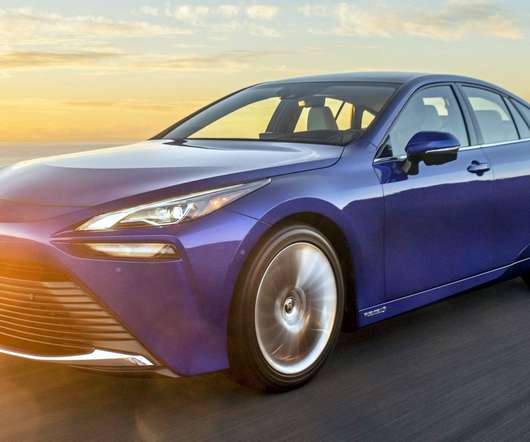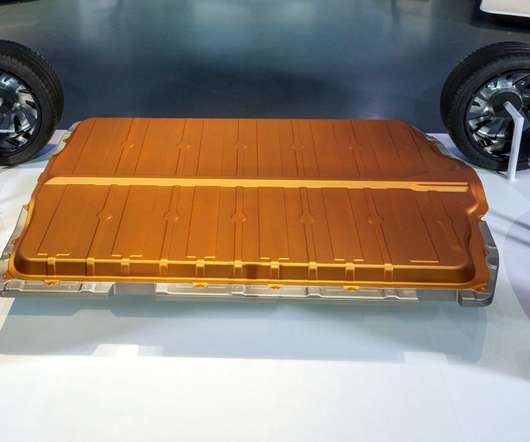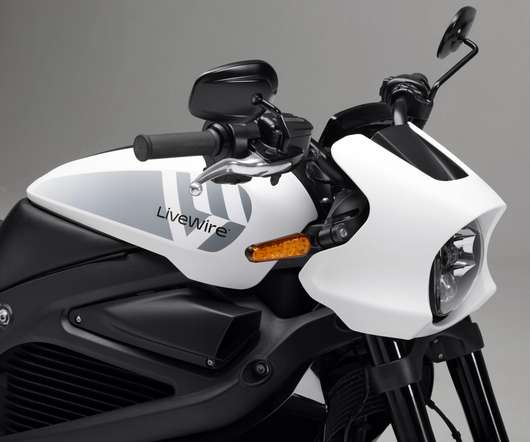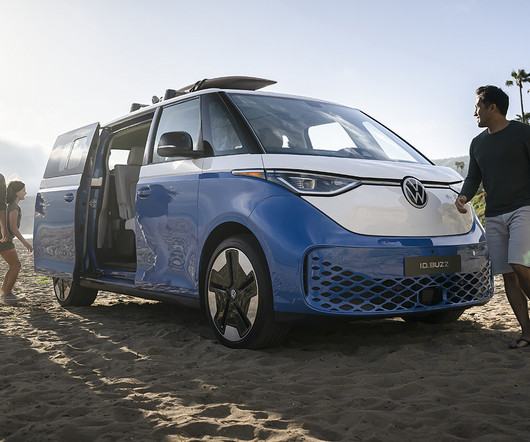GM, Honda to collaborate on next-generation fuel cell technologies; targeting commercial feasibility in 2020 time frame
Green Car Congress
JULY 2, 2013
2011 Honda FCX Clarity fuel cell vehicle. In New York, General Motors and Honda announced a long-term, definitive master agreement to co-develop next-generation fuel cell system and hydrogen storage technologies, aiming for the 2020 time frame. GM’s hydrogen fuel cell product milestones. —Dan Akerson, GM chairman and CEO.

























Let's personalize your content